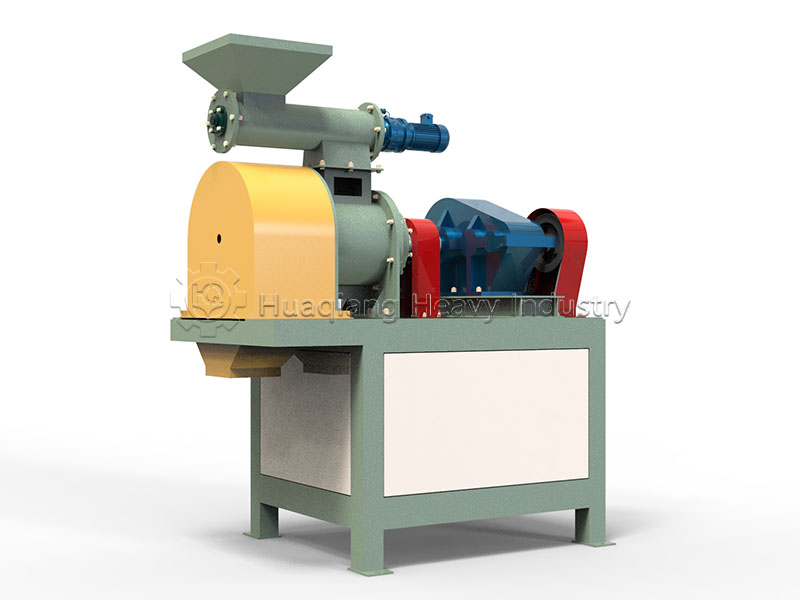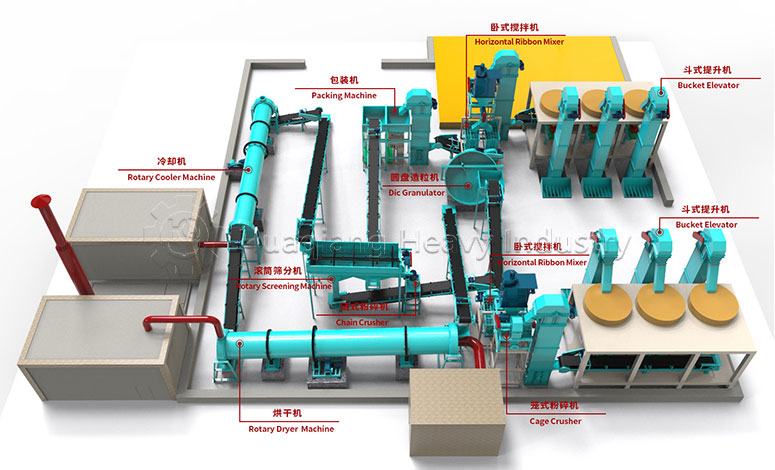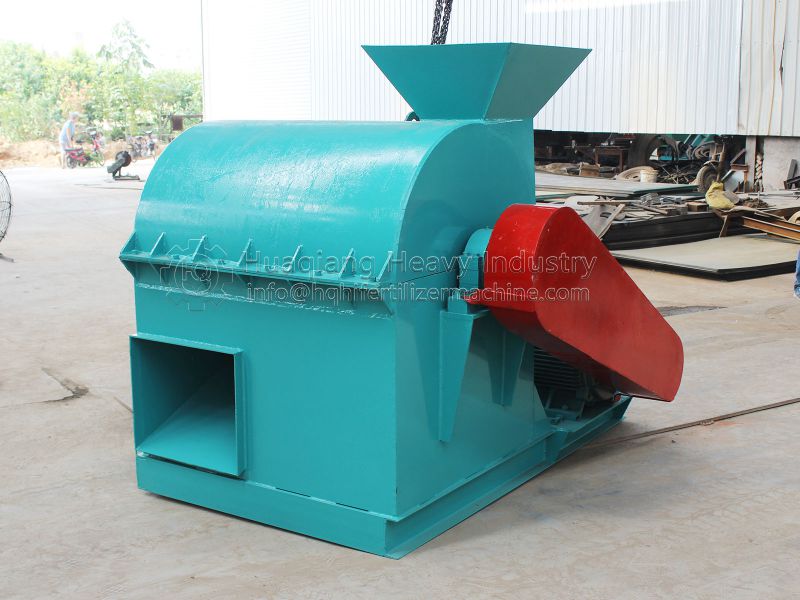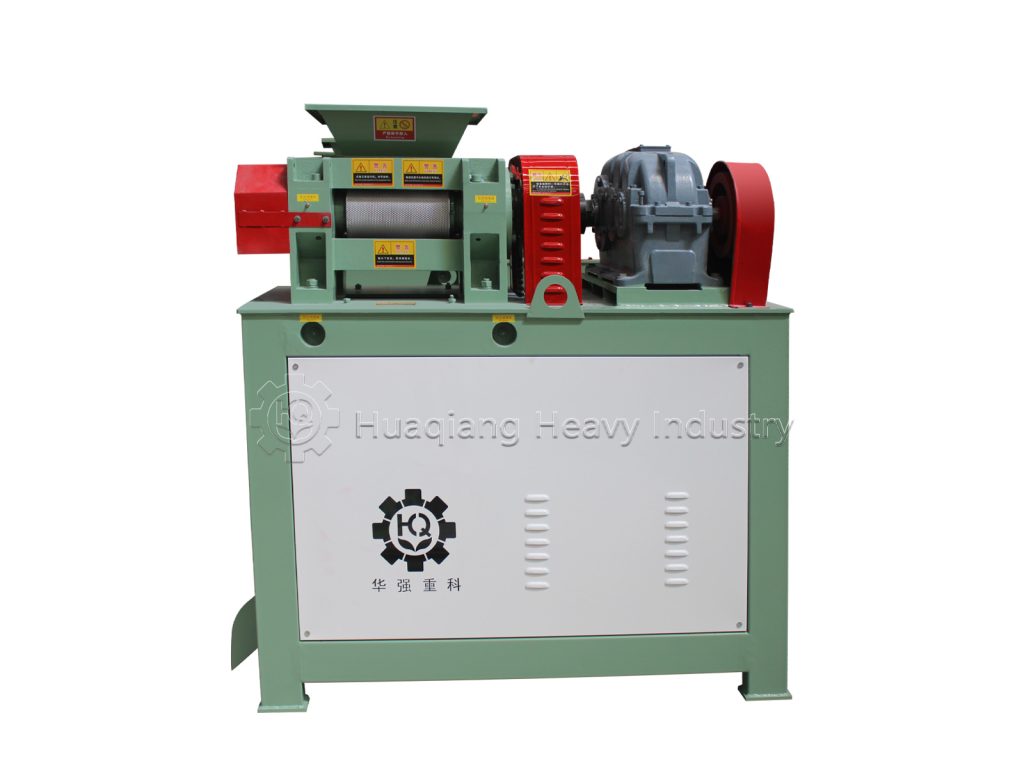How to improve the nutritional value of nitrogen, phosphorus and potassium compound fertilizer production line?
NPK Fertilizer is an indispensable fertilizer in modern agricultural production. It contains three elements, nitrogen (N), phosphorus (P) and potassium (K), which are key nutrients for crop growth. To improve the nutritional value of NPK Fertilizer Production Line, it is necessary to optimize the selection of raw materials, production process control and technological innovation.
First of all, the choice of raw materials is the basis for improving the nutritional value of fertilizers. High-quality nitrogen fertilizer such as Urea, Ammonium Sulfate, Ammonium Chloride, Phosphate fertilizers such as Ammonium Dihydrogen Phosphate, Ammonium Phosphate Dibasic, Ground Phosphate Rock, Potassium Chloride, Potassium Sulphate and so on are the key raw materials for the production of high nutritional value compound fertilizer.
Secondly, the control of the production process is equally important. At the NPK Fertilizer Production Line, the balance of nutrients in the fertilizer can be ensured through the precise ratio of raw materials and mixing uniformity. The use of a Horizontal Ribbon Mixer or a Double Shafts Paddles Mixer for raw material mixing increases the efficiency and uniformity of mixing, thereby increasing the nutritional value of the fertilizer.
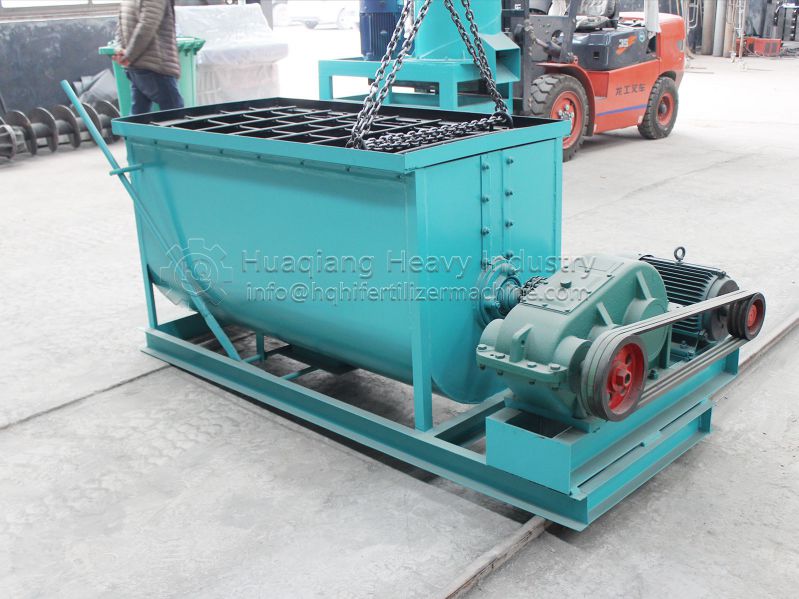
Technological innovation is also an important means to enhance the nutritional value of fertilizers. For example, the use of advanced fertilizer Granulator series such as Rotary Drum Granulator and Flat-Die Pellet Machine can improve the shape and size of fertilizer pellets, improve the solubility of fertilizer and increase the absorption rate of crops.
In addition, the screening process in the fertilizer production line cannot be ignored. Using a Rotary Screening Machine to screen fertilizer particles can remove unqualified particles and ensure the uniformity and quality of the fertilizer.
Finally, the drying and cooling process of the fertilizer also affects its nutritional value. The use of Rotary Dryer Machine and Rotary Cooler Machine can effectively control the moisture content of fertilizer, prevent nutrient loss or caking caused by excessive moisture, and ensure the quality and nutritional value of fertilizer.
In summary, through careful selection of raw materials, optimization of the Production process, the use of advanced granulation and screening technology, as well as control of drying and cooling links, the nutritional value of NPK Fertilizer Production Line can be effectively improved, so as to better meet the needs of modern agricultural production.


